Russia to investigate reports of radioactive pollution
Russian nuclear corporation Rosatom says a scientific commission will investigate reports of “extremely high” concentrations of a radioactive isotope in the southern Urals.
"Nuclear scientists have created a commission to discover the origin of ruthenium-106," Rosatom said in a statement on Friday, also released by Russia's Nuclear Safety Institute.
The company said the commission will include representatives of "Russian and European scientific organizations."
"Rosatom will offer all necessary assistance to this commission and will inform the public of the results," the statement added.
Russia's agricultural safety watchdog Rosselkhoznadzor earlier denied "possible radioactive contamination" of land in the area.
Russia’s Rosgidromet hydrometeorology and environmental monitoring service declared on November 20 that a station in Argayash, a village in the Chelyabinsk region in the southern Urals, had detected “extremely high pollution” of Ru-106, exceeding natural pollution levels by 986 times, in late September.
Ru-106 is a product of splitting atoms in a reactor, which is also used in certain medical treatments. It does not occur naturally.
The agency did not mention any specific source for the pollution, although the Argayash station is nearly 30 kilometers from the Mayak nuclear facility for reprocessing spent fuel, which was the site of one of the worst nuclear disasters in history back in 1957.
Rosatom previously said there had been no accidents that could have increased the level of the nuclide in the atmosphere.
Yemen crashes missiles, drones into American, Israeli targets
Iran’s former pres.’s martyrdom date registered in natl. calendar
Israeli prosecutor admits still can’t find October 7 'rape' victims
Qassam Brigades warns Israel will pay ‘in blood’ for its aggression
Yemeni security forces dismantle Saudi, British espionage network
VIDEO | Press TV's news headlines
Canada's PM Trudeau resigns, suspends parliament till March
France's former president Sarkozy on trial over 'Libyan case'


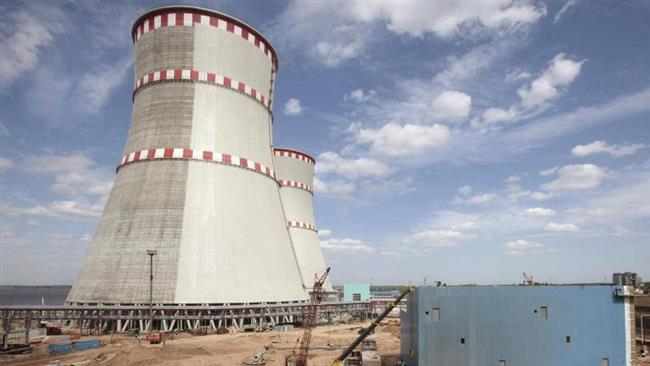
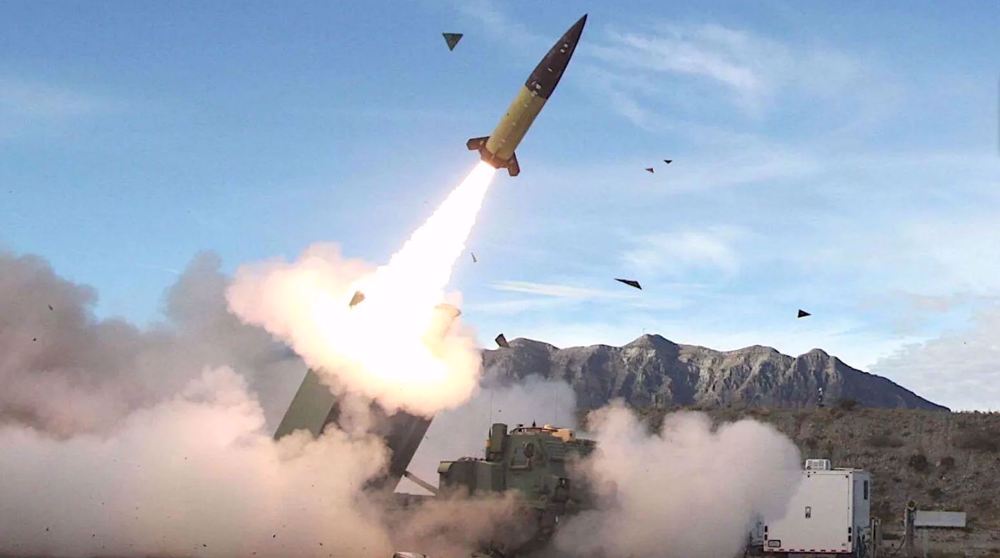

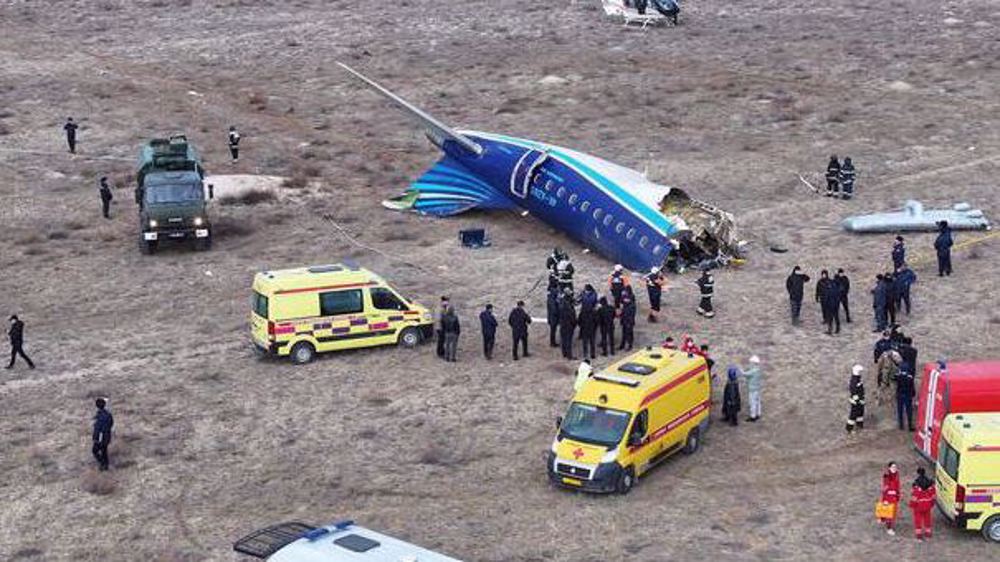





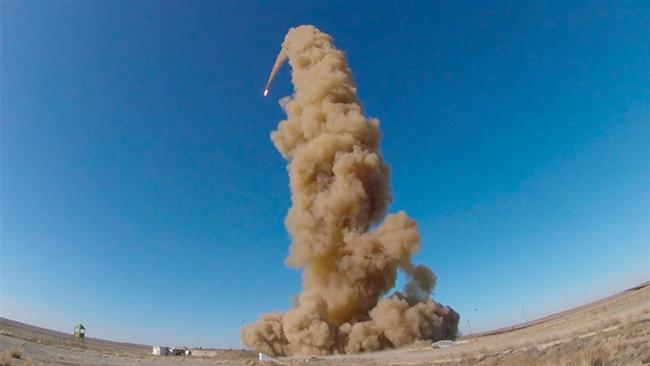

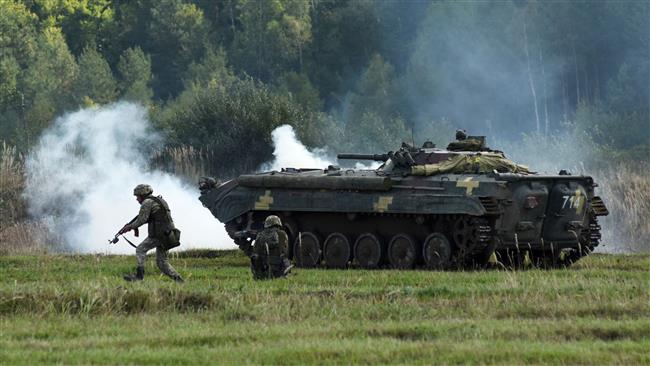

 This makes it easy to access the Press TV website
This makes it easy to access the Press TV website